
This is what Toronto looked like in the 1860s
Toronto's early visual record is best known for the set of photographs taken by the firm of Armstrong, Beere, and Hime in 1856. They were taken to help showcase the city to Queen Victoria, who was set to choose the national capital.
While she ultimately decided upon Ottawa, the photographs remain one of the most important pieces of our visual legacy.
They are not, however, entirely alone in depicting early colonial Toronto. One of the other key documentarians of Toronto in the 19th century was Ocatvius Thompson, a photographer who operated a studio in the city between 1864 and 1868.
His book "Toronto in the Camera: a series of photographic views of the principal buildings in the city of Toronto" contains over 40 images of the fledging metropolis.
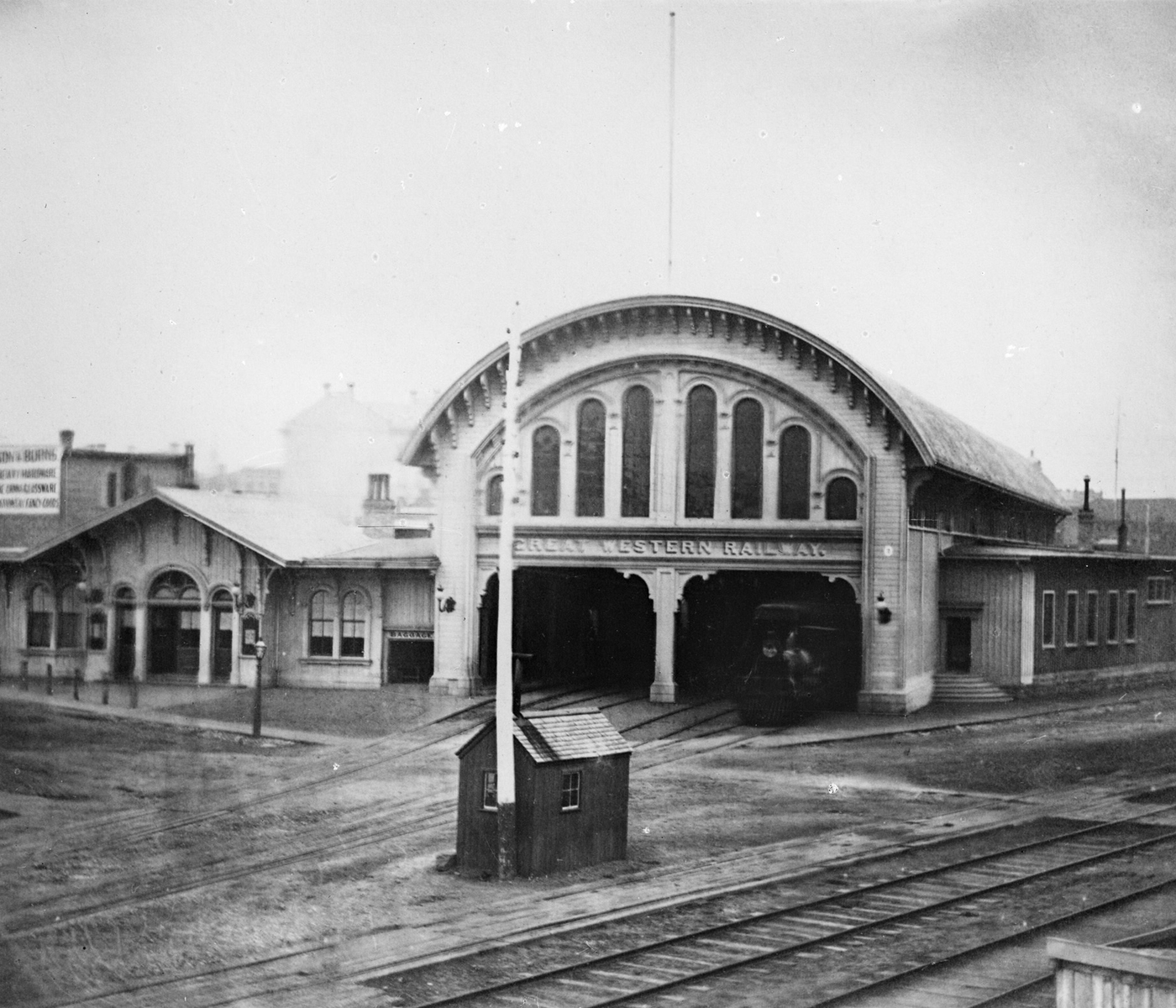
Octavius Thompson, Great Western Railway Station at Yonge and Esplanade, 1867
The book is primarily interested in capturing the city's architectural monuments of the time, most of which are churches and banks, schools, and government buildings. Collectively, they provide a superb view of what Toronto looked like 150 years ago.
You'll notice a lack of people in the images. This was both intentional (the focus is one the buildings) and a result of the long shutter speeds required by early cameras and film. People who were moving along the street would disappear or "ghost" on the exposed film.
Many of the buildings depicted in these photos have been lost over the years, but some important ones remain, like Osgoode Hall and University College at U of T.
If you squint your eyes, the streetcapes of Yonge, King and Wellington seem vaguely recognizable thanks to the few buildings that do remain.
Toronto in the Camera is not readily available, though copies of it are held by the Toronto Public Library, the Archives of Ontario, and the Thomas Fisher Rare Books Library, who has taken the time to digitize the whole book on its Flickr page.
Behold, the Toronto of the 1860s.
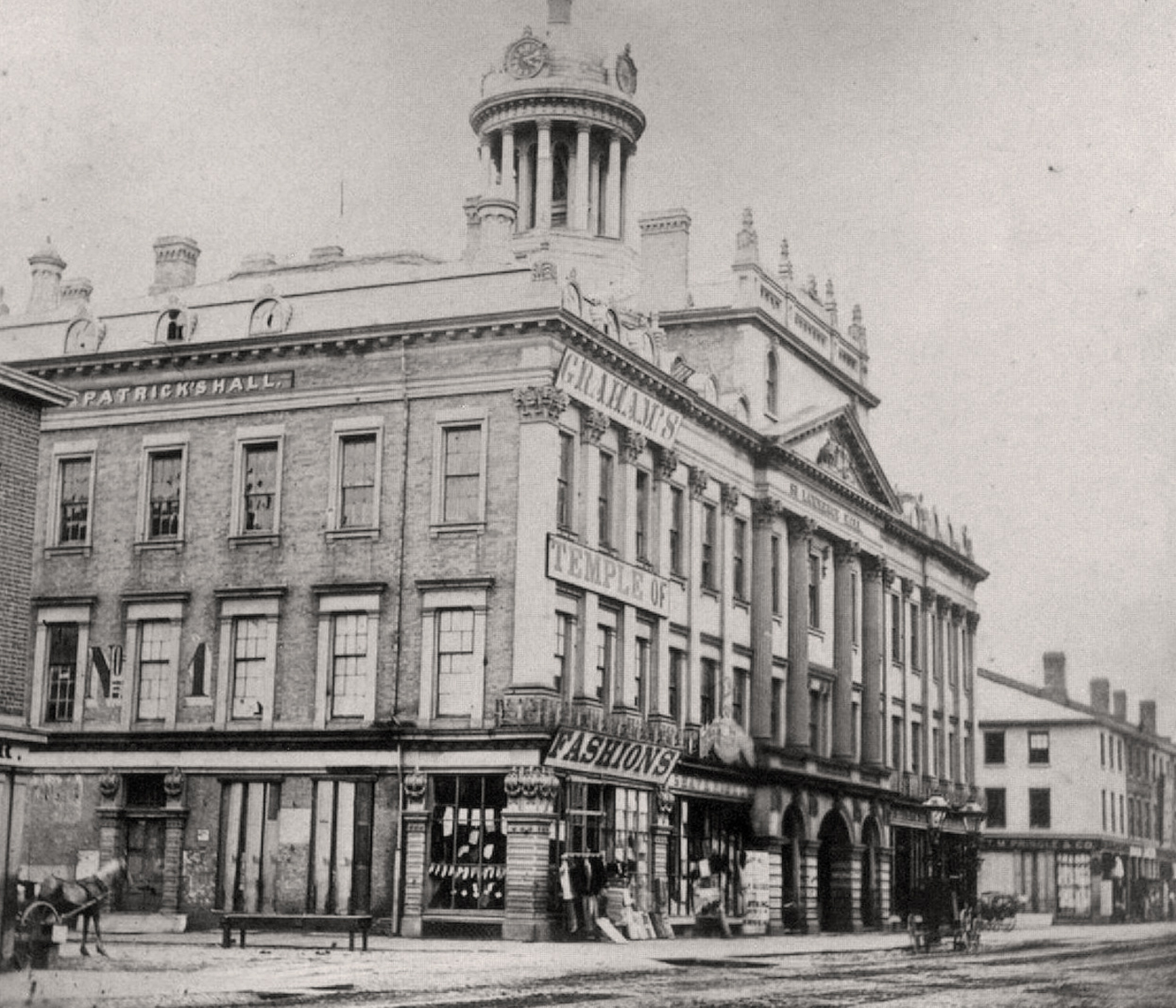
Octavius Thompson, St. Lawrence Hall at King and Jarvis streets, 1867
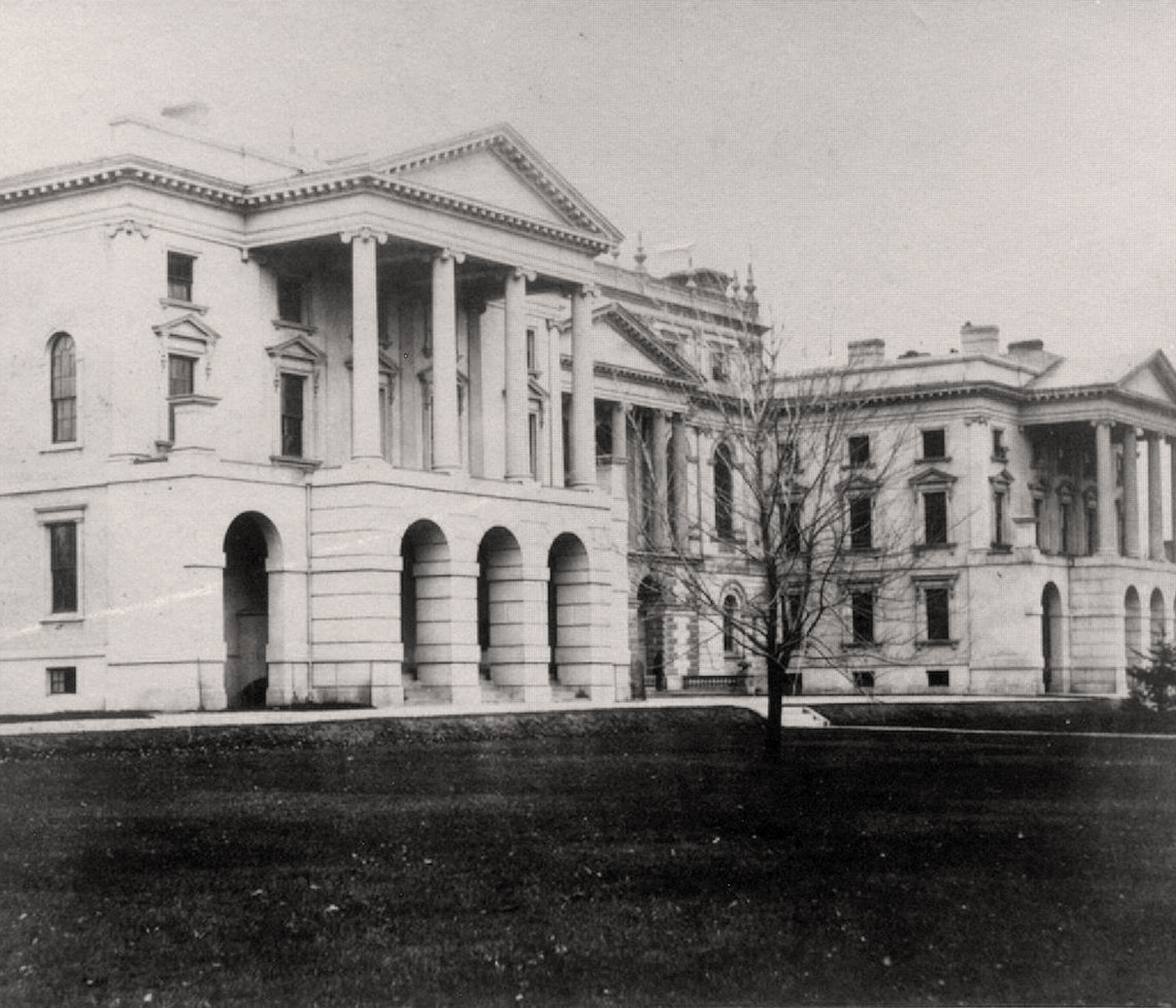
Octavius Thompson, Osgoode Hall, 1867
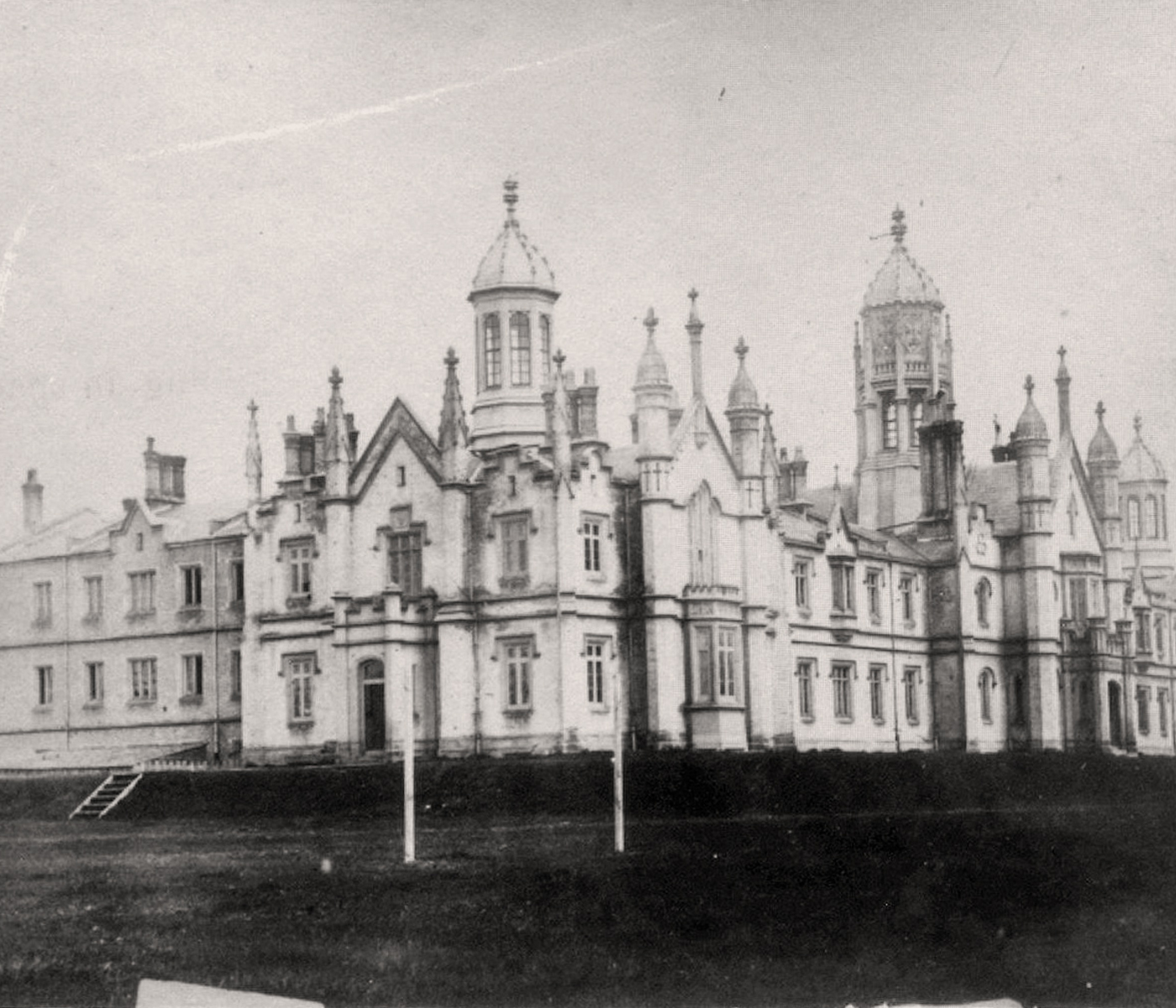
Octavius Thompson, Trinity College, 1867

Octavius Thompson, University Buildings, 1867
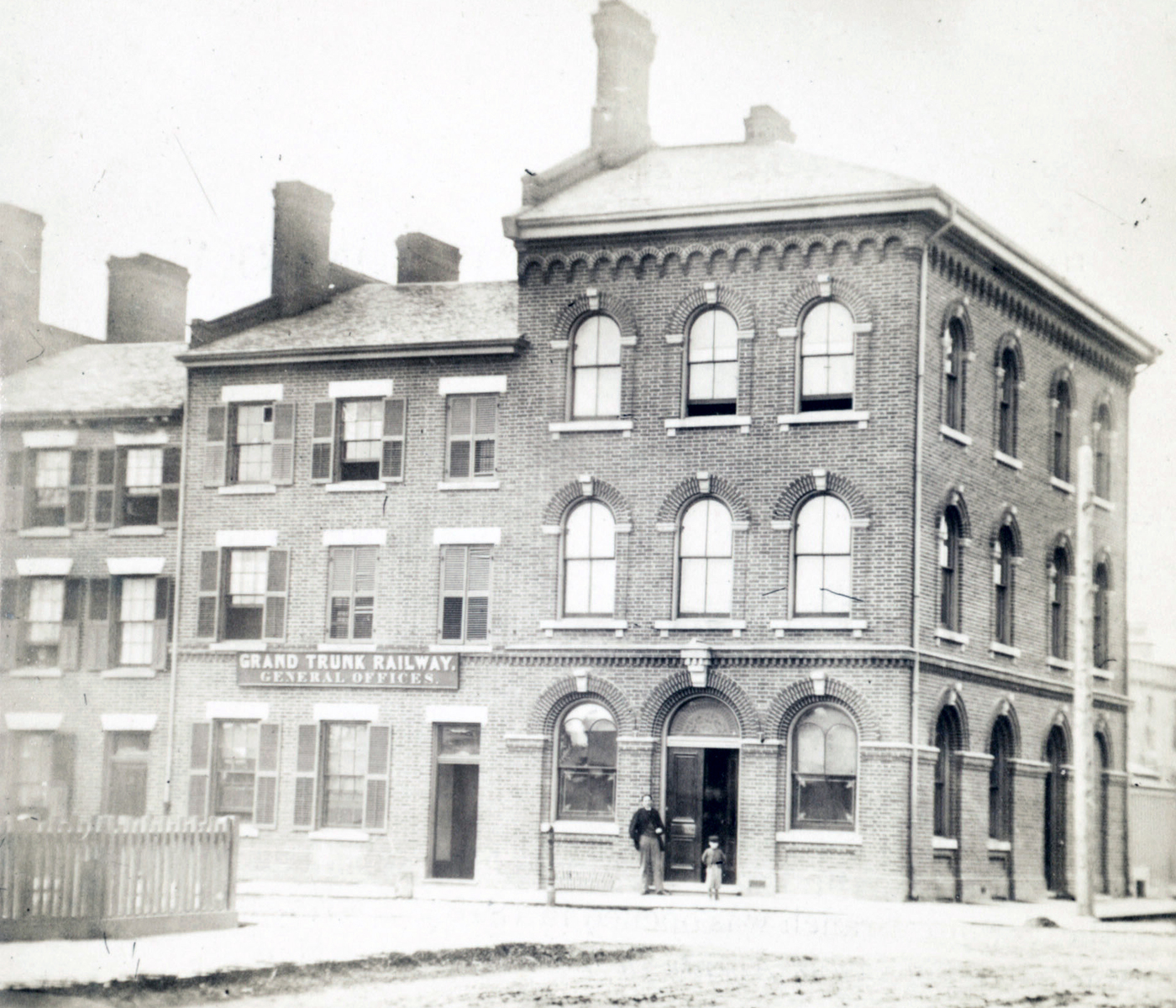
Octavius Thompson, City Bank of Montreal at Bay and Wellington, 1867
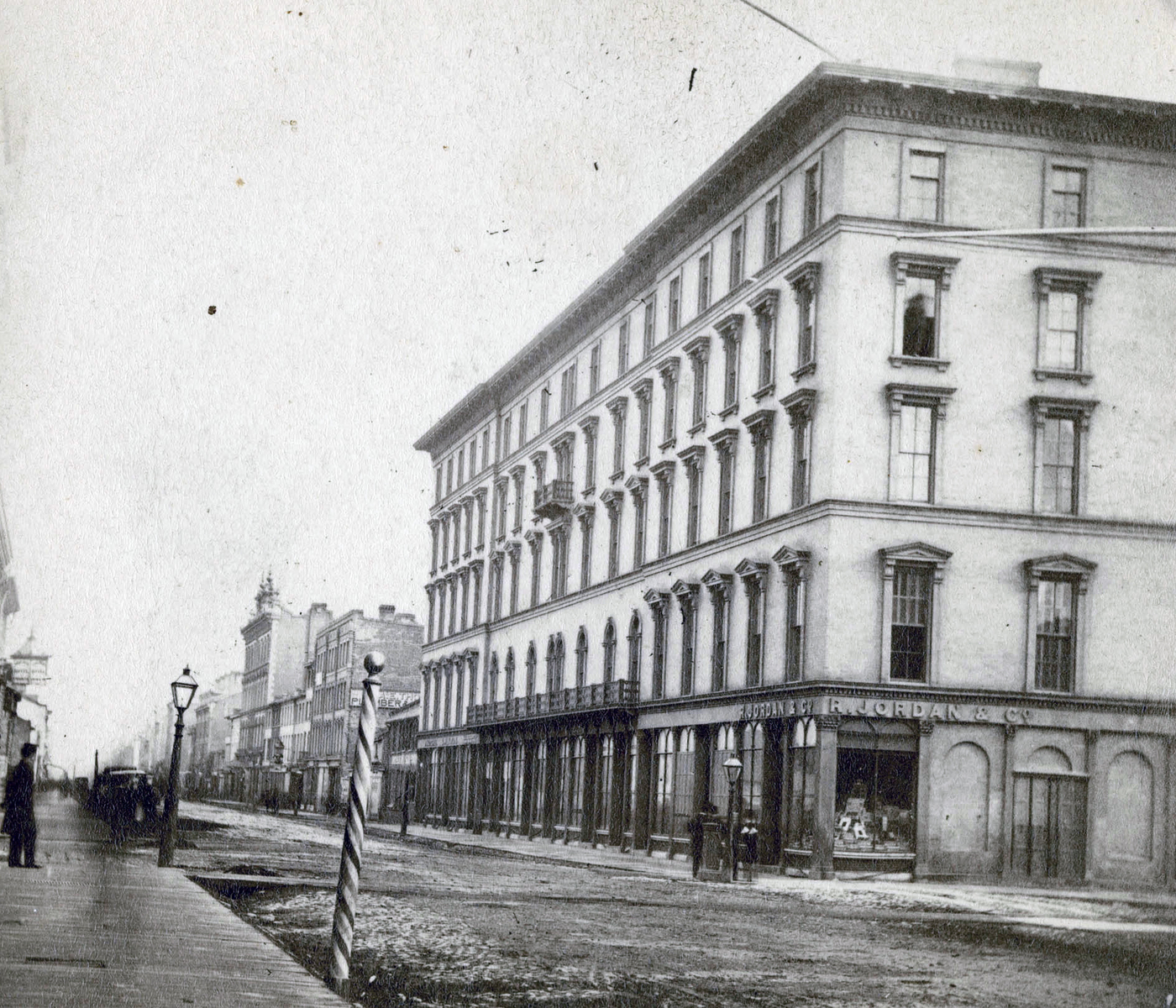
Octavius Thompson, Rossin House Hotel at King and York streets, 1867

Octavius Thompson, Provincial Lunatic Asylum at 999 Queen St. West, 1867

Octavius Thompson, Richmond St. Methodist Church, 1867

Octavius Thompson, Wellington St. looking east from Leader Lane, 1867

Octavius Thompson, King St. looking east toward Victoria St., 1867

Octavius Thompson, College Gates at Queen and University, 1867
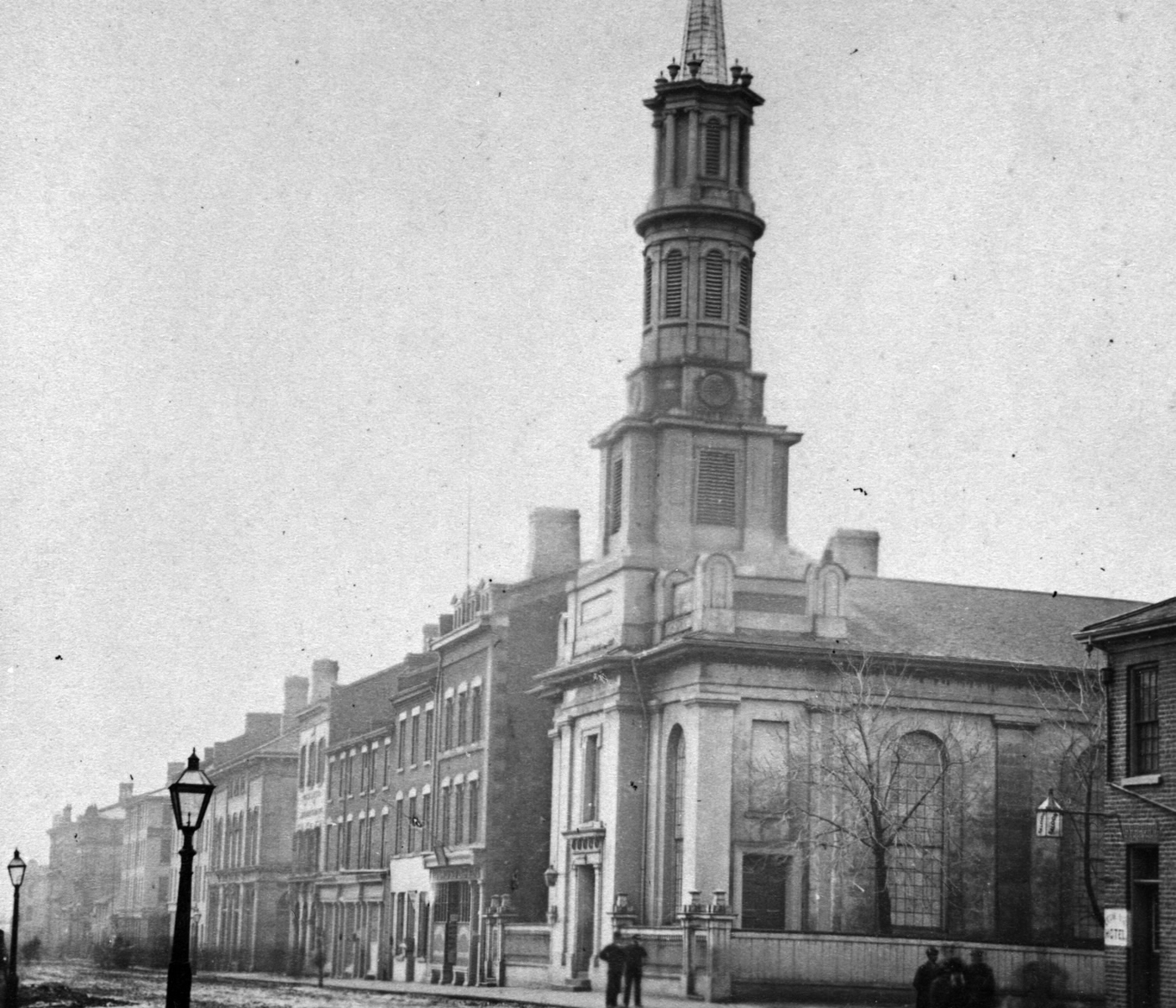
Octavius Thompson, St. Andrew's Presbyterian Church, 1867
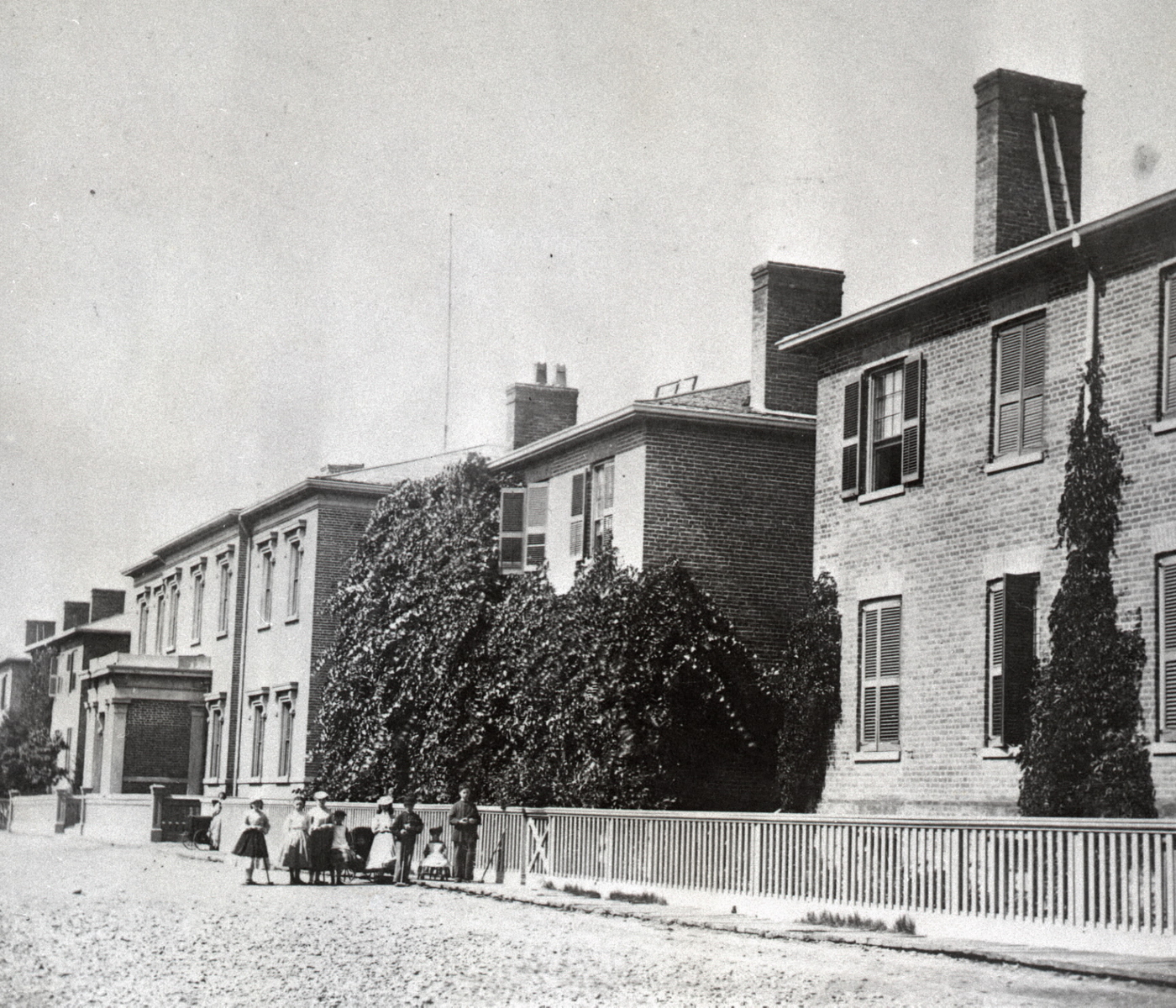
Octavius Thompson, Upper Canada College, 1867
Toronto Public Library
Latest Videos
Latest Videos
Join the conversation Load comments







